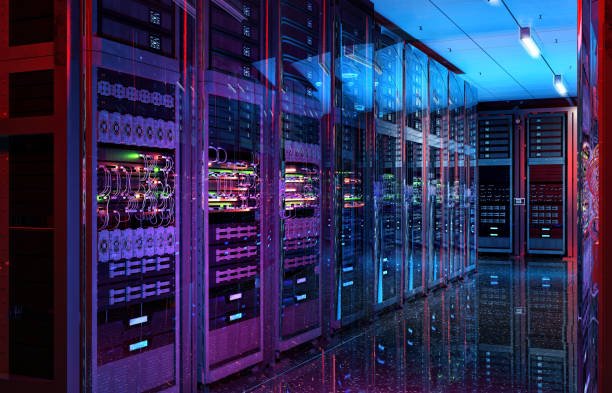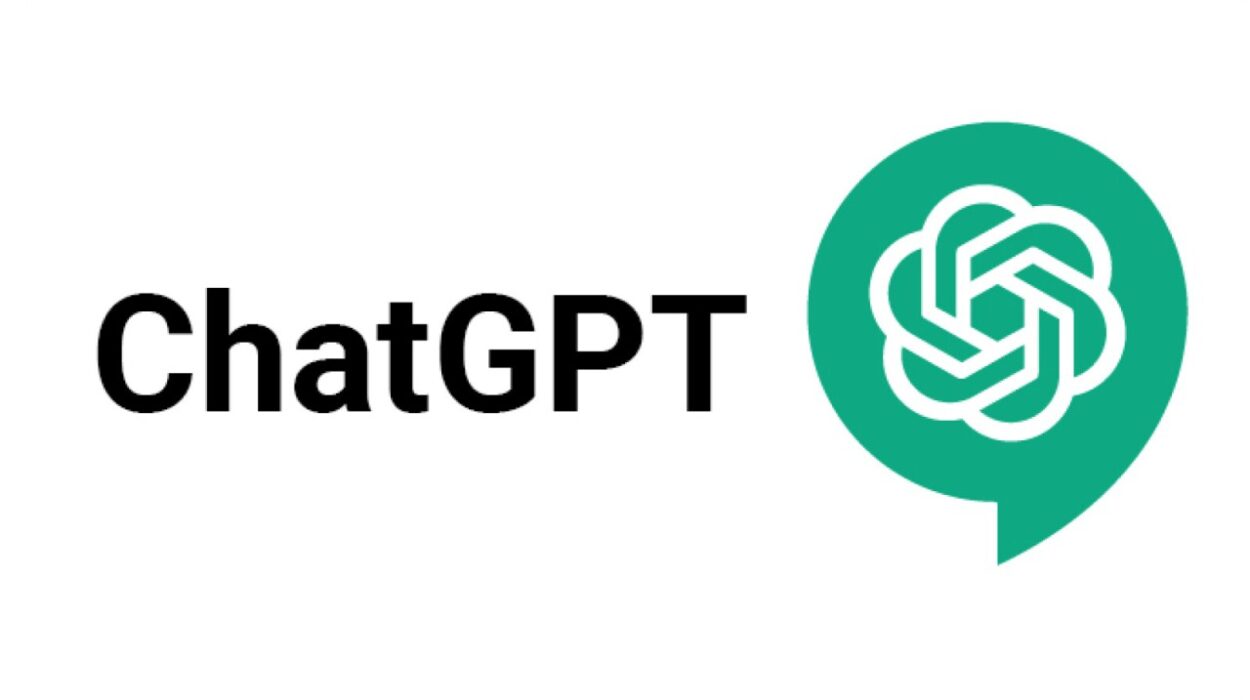In the long, storied history of computing, each era has been defined by its operating systems. From the command-line pioneers of the 1970s to the polished graphical environments of the 1990s and beyond, the OS has always been the beating heart of the digital machine. But in the last decade, a new player has emerged — one that is not confined to the circuits inside your computer, but lives in the ever-expanding realm of the internet: the cloud-based operating system.
Unlike traditional operating systems that run entirely on a local machine, cloud-based OS platforms shift much of their computing power, storage, and even applications into remote servers accessed through the internet. In essence, the “computer” is no longer tied to the box in front of you — it’s spread across vast data centers, accessible from anywhere.
The idea is seductive: a lightweight device in your hands, but the heavy lifting done by invisible supercomputers far away. For some, it feels like magic; for others, it raises questions about control, privacy, and dependence on distant powers. To truly understand both the promise and pitfalls of this technology, we must step inside its architecture, its everyday impact, and the philosophical shifts it brings to our relationship with technology.
The Lure of the Cloud
At first glance, the appeal of a cloud-based operating system is almost irresistible. Imagine never again worrying about software updates slowing down your machine. Picture your files available instantly on any device you log into, without the hassle of carrying external drives or transferring data manually. With a cloud-based OS, the concept of “this computer” versus “that computer” begins to blur; the machine becomes a mere portal into your personal computing universe.
For many users, especially those who live in a web-centric world — writing in online editors, streaming media, storing photos in the cloud, collaborating in real-time — the local hardware becomes almost irrelevant. A modest laptop or even a low-cost Chromebook can feel like a supercomputer when paired with the processing power of massive cloud infrastructure.
There’s also a psychological freedom that comes with it. Traditional operating systems can feel like possessions — something you must maintain, repair, protect. A cloud OS feels more like a service, something fluid and ever-present, that you subscribe to and can step away from without losing your digital identity.
The Technology Beneath the Surface
The magic of a cloud-based OS is not magic at all — it’s an intricate orchestration of virtual machines, high-speed networking, distributed storage, and load balancing across thousands of servers. Instead of your local device handling every calculation, much of the work is offloaded to a remote environment.
At the center is the concept of virtualization. Your session on a cloud OS might be running in a containerized environment, isolated for security, yet sharing the same hardware as thousands of other users. When you open an application, what you see on your screen is essentially a streamed interface from the cloud, while the actual processing is done elsewhere.
In some models, the OS itself is minimal, often little more than a browser or a thin client software. The “real” OS — the one managing applications, file systems, user authentication — exists entirely on the provider’s servers. Updates are deployed centrally, ensuring that every user benefits instantly without manual intervention.
This architecture has a ripple effect: lower hardware requirements for end-user devices, more consistent performance across machines, and the ability for developers to roll out features rapidly without worrying about fragmented versions in the wild.
The Freedom of Portability
One of the most compelling aspects of a cloud-based operating system is the liberation from physical constraints. With a traditional OS, your work is tied to your machine. If it fails, your productivity halts — unless you have meticulous backups and a second device ready. In a cloud OS environment, the “machine” you use is irrelevant. You can log in from a tablet in a coffee shop, a desktop in an office, or a borrowed laptop in another country, and find your workspace exactly as you left it.
This portability extends to collaboration. Teams spread across continents can work within the same OS ecosystem, accessing shared environments without worrying about local configurations. Developers can test software in identical virtual environments without building multiple setups. Students can access lab software from home as easily as from a school computer lab.
In an increasingly mobile and global workforce, this seamless continuity is more than a convenience — it’s a strategic advantage.
The Question of Speed and Dependence
Yet, beneath the glamour of the cloud lies a critical dependency: the internet itself. A cloud-based OS is only as strong as your connection to it. In a city with robust fiber-optic networks, this is rarely a concern. But in rural areas, developing nations, or even urban environments with unstable connectivity, this dependency becomes a liability.
Latency — the small delay between your input and the cloud’s response — can range from imperceptible to maddening, depending on network conditions. For tasks like document editing or email, small delays might be tolerable. But for video editing, 3D rendering, or gaming, lag can break the experience entirely.
Moreover, when the connection drops altogether, the illusion of constant availability shatters. Without offline functionality, a cloud OS becomes a blank shell — an elegant interface with no substance. This reality forces us to confront an uncomfortable truth: we have traded autonomy for convenience, and in doing so, we have bound ourselves to the health of networks and the decisions of our providers.
Privacy in the Age of Remote Control
When your operating system resides in the cloud, so do your files, your applications, your settings — perhaps even your digital habits. This centralization can be a double-edged sword. On one hand, it allows for strong, centralized security measures, with encryption protocols and intrusion detection systems that few individuals could replicate on their own. On the other hand, it creates a tempting single point of failure for attackers — and a rich trove of data for corporations or governments with an appetite for surveillance.
Data privacy in cloud OS environments is not just a technical issue but a philosophical one. When you store your life on someone else’s servers, do you truly own it anymore? Providers often outline their data policies, but the terms can be opaque, full of legal caveats. And even with the best intentions, centralized systems can be vulnerable to breaches, as history has shown.
There is also the matter of control. If a provider decides to suspend your account, change their pricing, or alter the OS in ways that no longer suit you, your only recourse may be to leave — and “leaving” could mean migrating terabytes of data and rethinking the very workflows you’ve built over years.
Security: The Fortress and the Weak Link
Proponents of cloud-based OS systems often point to security as a major benefit. Centralized patch management means that vulnerabilities can be fixed instantly for all users. Advanced data centers employ multi-layered defenses — from biometric access controls to AI-driven intrusion monitoring — that far exceed the average home or office setup.
Yet, the human factor remains the weak link. Phishing attacks, compromised passwords, and social engineering can bypass even the strongest technical safeguards. In a cloud OS environment, a compromised account could mean that an attacker gains access not just to files, but to your entire digital workspace, from stored credentials to open sessions.
In traditional systems, a breach might be contained to a single machine. In the cloud, the blast radius can be far wider. The shared infrastructure that makes cloud systems efficient can also make them susceptible to certain classes of attack — if a vulnerability is discovered in a shared service, it could potentially affect millions at once.
Cost and the Illusion of Savings
For individuals and organizations alike, the cloud OS model can appear cost-effective at first glance. Without the need for high-powered local hardware, upfront costs drop. Software is often included in the subscription, eliminating the need for separate purchases and licenses. Maintenance costs shift from the user to the provider.
But over time, subscription fees can accumulate, sometimes surpassing the one-time costs of traditional software and hardware. More subtly, the shift to a service model can lock users into an ecosystem, making it costly — financially and operationally — to switch providers later. The low barrier to entry can become a high barrier to exit.
There’s also the question of control over upgrades. In a subscription model, you pay for the service as it evolves, not as you choose. Features may change, interfaces may be redesigned, and you may find yourself adapting to updates you never asked for. This dynamic can feel like living in a rented home where the landlord can rearrange the furniture at will.
Innovation Versus Stability
Cloud-based operating systems evolve rapidly. Providers can deploy new features, performance improvements, and security patches to all users simultaneously. This agility fuels innovation — developers can experiment with bold ideas without worrying about fragmented versions or long rollout cycles.
But the same speed that drives innovation can also undermine stability. Frequent changes can disrupt workflows, especially for professional users who depend on consistency. In creative industries, for example, even small interface changes can slow productivity until teams adjust. The cloud OS model thrives on perpetual evolution, but not all users thrive in such an environment.
A Shift in Digital Philosophy
Perhaps the most profound impact of the cloud OS is not technological but cultural. It challenges our traditional notions of ownership, control, and the relationship between humans and machines. In the old paradigm, your computer was a tool you owned outright, with an operating system that was yours to modify, maintain, and use indefinitely. In the cloud paradigm, your workspace is more like a subscription — a service that exists as long as you pay and as long as the provider offers it.
This shift mirrors broader societal trends toward services over possessions, from streaming media replacing DVDs to ride-sharing replacing car ownership. It reflects a world increasingly defined by access rather than ownership. But access comes with dependencies, and dependencies come with trade-offs.
The Road Ahead
Cloud-based operating systems are still evolving. Edge computing — bringing some processing closer to the user — may reduce latency and improve offline capabilities. Advances in encryption and privacy-preserving computation could address some security concerns. Network infrastructure will continue to expand, making high-speed connectivity more universal.
Yet, the fundamental trade-offs will remain. The cloud offers extraordinary convenience, flexibility, and power, but at the cost of autonomy, permanence, and sometimes privacy. Each user, each organization, must decide where they stand on this spectrum.
In the end, the story of cloud-based operating systems is the story of our time: a balancing act between the allure of seamless connection and the enduring human desire for control. Like all great technological shifts, it asks us not just what we can do, but what we are willing to give up to do it.






